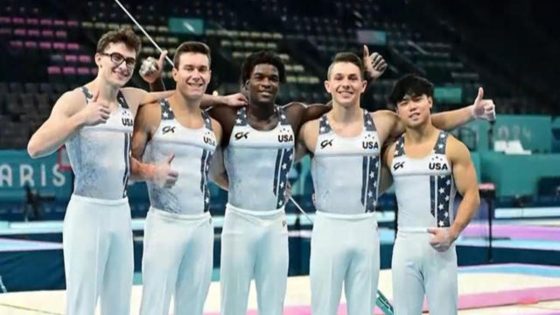In-camera visual effects rendering or playback engines, a component of virtual production, are among the 11 investigations launched by the Academy of Motion Picture Arts and Sciences in the lead-up to its annual Scientific and Technical Awards.
These investigations are made public each year so that individuals and companies with devices or claims of innovation within these areas can submit their work for review.
This year’s 11 areas of investigation include character dental prosthetics, on-set tools for live compositing of virtual characters and environments, in-camera VFX rendering or playback engines, LED processors for in-camera VFX, and image based lighting for CG rendering.
Rounding out the list are heat-protective gel for stunt performers’ safety, artist-friendly tools for constructing anatomical character simulation setups, final frame post-process denoisers for CG rendering, dynamic time alignment of multiple moving microphones, stabilized multi-camera systems for capturing wide FOV plates, and transportable six-degrees-of-freedom motion bases capable of supporting heavy loads.
“The Awards committee is thrilled to have a wide range of applicants representing innovation across our branches,” said Scientific and Technical Awards Committee co-chairs Darin Grant and Raymond Yeung in a released statement. “The continued evolution of production and post-production, along with technologies that merge them, such as components of virtual production related to in-camera visual effects, highlights the evolution of motion picture workflows based on these advancements.”
The deadline to submit additional entries is Sept. 5 at 5 p.m. PT. Following these investigations, the committee will meet in the fall to vote on recommendations to the Academy’s Board of Governors, which will select the honorees. The awards presentation will be held on Feb. 18, 2025.
Variety’s Awards Circuit Awards season calendar contains all key dates for submissions, nominations, and ceremonies.
Source Agencies



